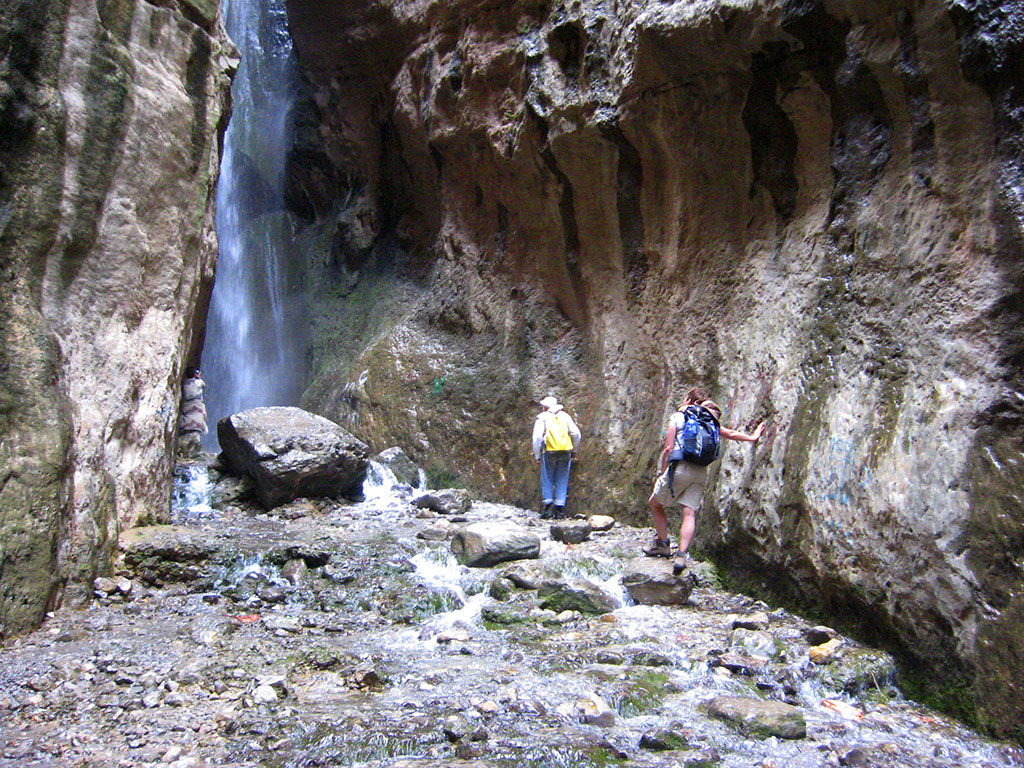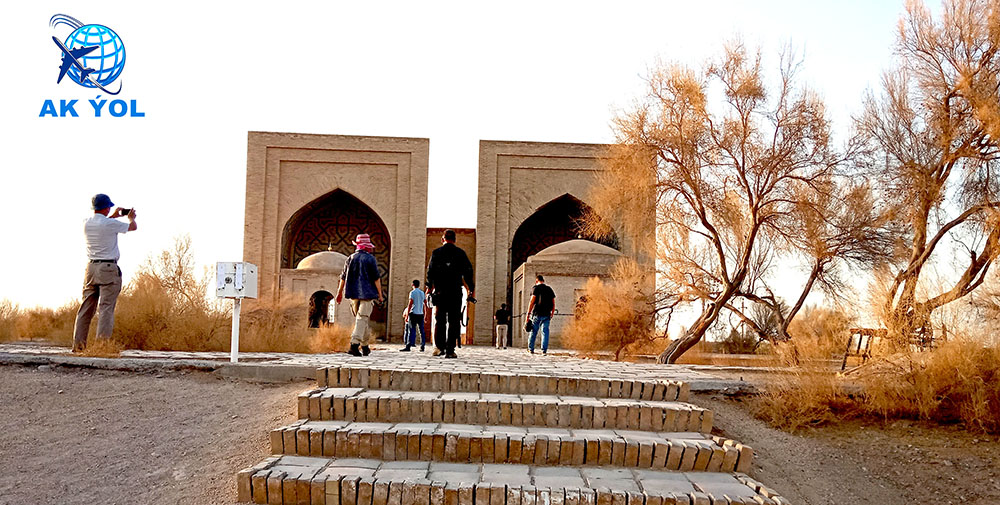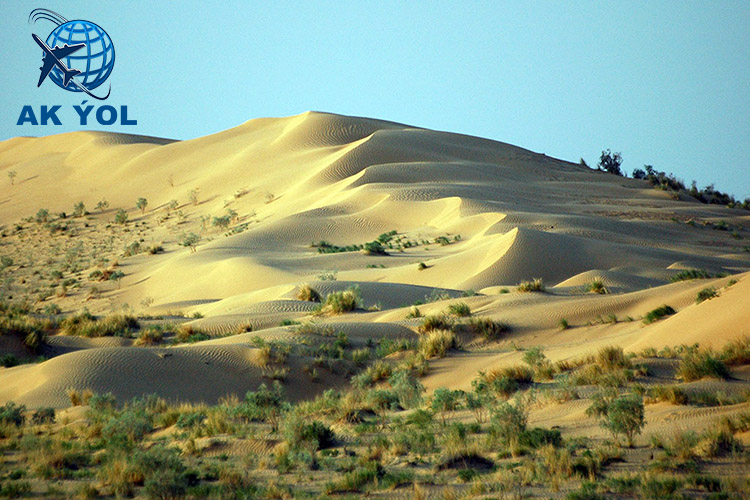Akhal-Teke Horses
Akhal-Teke Horses

The Akhal-Teke is a horse from Turkmen, in the southern region of the modern country of Turkmenistan. These horses have been renowned as cavalry mounts and racehorses for some 3,000 years. The Akhal-Teke has superb natural gaits, and is the outstanding sporting horse from this area. The Akhal-Teke is native to an arid, barren environment. During its history, it has established a reputation of great stamina and courage. A key to the Akhal-Teke’s stamina is its diet which is low in bulk but high in protein, and frequently includes butter and eggs mixed with barley. Today the Akhal-Teke is used in show jumping and dressage in addition to daily use under saddle.
The Akhal-Teke's conformation can be favorably compared to the Persian Arab, another breed of ancient origin. Its head is similar to the Arab's, being long and light with expressive eyes. It has relatively long ears and a long neck. It has a short silky mane, or none at all, and a short tail. This breed has a narrow chest, long back, and flat ribs. The legs are long and slender, clearly revealing the tendons. It averages 15-15.1 hands in height. It is often dun in color, although it can be bay and gray, with a pale golden coat preferred. The Akhal-Teke is among the most elegant of the world's horses.
The Akhal-Teke descended from the ancient Turkmenian horse which was one of the four original horse "types" that cross the Bering Strait from America in prehistoric times. It was originally bred by tribes of Turkoman.
In 1935, fifteen Akhal-Teke horses were required to travel from Ashkhabad to Moscow on a forced march, and traveled across the Kara-Kum desert, approximately 299 miles, without water.
The Akhal-Teke named "Absent" won the Prix de Dressage at the Rome Olympics in 1960.
Approximately 10,000 years ago, as desertification took hold of Central Asia, the stocky horses indigenous to its steppe grasslands began to evolve into the lean and graceful but hardy horses that inhabit Turkmenistan today. As food and water became scarcer the heavy frame of the horse gave way to a lighter one. Longer necks, a higher head carriage, larger eyes and longer ears evolved to better the horse’s ability to see, smell, and hear predators over the increasingly open plains. The golden coloring predominant among the Akhalteke provided the necessary camouflage against the desert landscape. Through natural selection a breed was created which would become the pride of Turkmenistan.
In appearance the akhalteke horse is similar to its descendent, the Persian
Arab, though in size it is more comparable to another of its descendants, the English thoroughbred. The akhalteke has a small thin head, long ears and large eyes. It has a short silky mane or no mane at all, and a short tail. The Turkmen practice of covering their horses with two to three layers of felt blankets to protect against cold in the winter and flies in the summer encouraged a remarkably fine textured coat. Akhaltekes are known for their golden coloring but they can also be white, black, dappled, dun, bay, gray or chestnut colored. Fed a low bulk, high protein diet consisting of alfalfa and barely mixed with mutton fat, the akhalteke maintains its traditionally lean proportions of long sinewy legs, a narrow chest, a long back and flat ribs. The average height of an akhalteke is 15to 15.1 hands. Its small hooves are unusually hard and are therefore rarely shod. The great speed, elasticity and grace of the akhaltekemakes it at once a coveted racer, show jumper and dressage mount. Though spirited in temperament, akhaltekes are by all accounts gentle and loyal to their owners, yet aloof with strangers.
Turkmen tribesmen valued their horses above all else. As a nomadic group situated in a crossroads of cultures they were often required to face enemy conflict and came to rely heavily on the strength, speed and endurance of their horses. The akhalteke’s ability to cover great distances of harsh terrain under extreme climatic conditions, and to travel at night, made them indispensable to the Turkmen warriors. Aside from their valiant exertions as warriors’ mounts, akhaltekes were also invaluable in assisting Turkmen nomads with their dailywork. FamousAkhaltekes:
1.Absent
Winner of the Prix de Dressage at the 1960 Olympics in Rome. In 1968
Absent was named the “World’s Best Sporting Horse.”
DancingBrave
Winner of the 1986 Arc de Triomphe Race. Dancing Brave holds the
record for the highest price ever paid for a horse; US$50 million.
Melekush
In 1956 Nikita Krushchev presented Melekush to Queen Elizabeth II of
England. He was described by the Royal Equerry as Britain’s “best
horse.”
Buccephalus
The famed favorite horse of Alexander the Great.
The Akhal-Teke is a horse breed from Turkmenistan, where they are a national emblem. They have a reputation for speed and endurance, intelligence, and a distinctive metallic sheen. The shiny coat of palominos and buckskins led to their nickname "Golden Horses".These horses are adapted to severe climatic conditions and are thought to be one of the oldest existing horse breeds. There are currently about 6,600 Akhal-Tekes in the world, mostly in Turkmenistan and Russia, although they are also found throughout Europe and North America.
The Akhal-Teke has a refined head with predominantly a straight or slightly convex profile, and long ears. It can also have almond-shaped or "hooded" eyes.The mane and tail are usually sparse. The long back is lightly muscled, and is coupled to a flat croup and long, upright neck. The Akhal-Teke possesses sloping shoulders and thin skin. These horses have strong, tough, but fine limbs. They have a rather slim body and ribcage (like an equine version of the greyhound), with a deep chest. The conformation is typical of horses bred for endurance over distance. The Akhal-Tekes are lively and alert, with a reputation for bonding to only one person.








